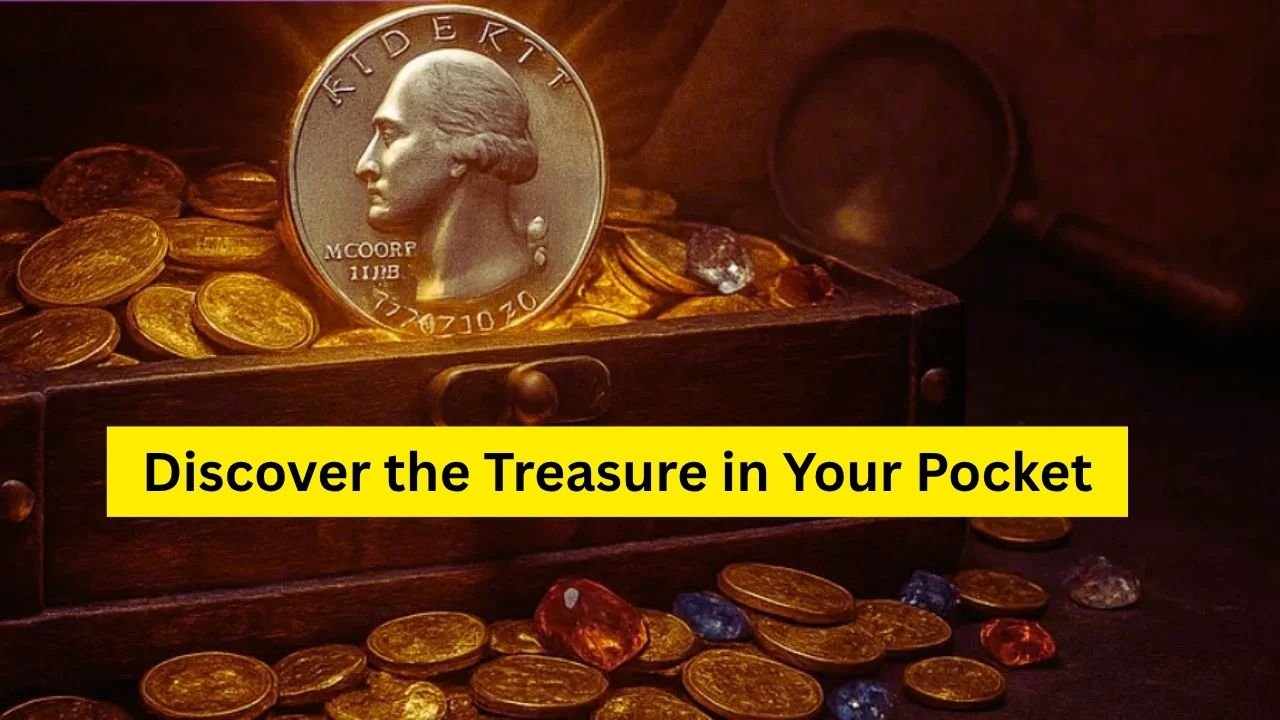A Hidden Fortune in Loose Change
Ever checked your pocket change and wondered if it’s worth more than a cup of coffee? Believe it or not, some rare Bicentennial quarters from 1976, created to celebrate America’s 200th birthday, could make you a multimillionaire. These quarters, with their iconic drummer boy design, are still floating around in circulation, waiting to be discovered. Experts say a select few of these coins, due to unique errors or special features, are valued at up to $250 million each. Let’s dive into why these quarters are so special and how you might spot one.
What Makes These Quarters So Valuable?
The Bicentennial quarter was minted in huge numbers—over 1.6 billion—to mark the U.S. bicentennial. Most are worth just 25 cents, but certain rare versions stand out because of minting errors or unique traits. These errors, like double strikes, missing mint marks, or being struck on the wrong metal, make them collector’s gold. For example, a quarter accidentally struck on a silver planchet instead of the usual copper-nickel mix can fetch jaw-dropping prices at auction. Collectors and dealers are on the hunt for these rarities, driving their value sky-high.
Top 10 Rare Bicentennial Quarters to Look For
Here’s a rundown of the 10 rarest Bicentennial quarters that could be hiding in your change:
- 1976-D Double Die Obverse: The date or lettering appears doubled, caused by a minting error.
- 1976 No Mint Mark: Missing the “D” or “S” mint mark, making it a rare find.
- 1976-S Silver Proof: Struck in 40% silver, these were meant for collectors but sometimes entered circulation.
- 1976 Off-Center Strike: The design is misaligned, with part of the coin blank.
- 1976-D Struck on Silver Planchet: Mistakenly made on silver instead of copper-nickel.
- 1976 Clad Planchet Error: Struck on a different coin’s blank, like a dime or nickel planchet.
- 1976-D Overstruck on a 1975 Coin: Shows faint traces of the previous year’s design.
- 1976-S Experimental Alloy: Made with a unique metal mix, extremely rare.
- 1976 Broadstrike Error: The coin is wider than normal due to a minting mistake.
- 1976-D Missing Clad Layer: One side lacks the outer copper-nickel layer, exposing the copper core.
These coins are tough to spot, but finding one could change your life.
How to Spot a Million-Dollar Quarter
Think you’ve got one? Check your quarters closely. Use a magnifying glass to look for doubled lettering, missing mint marks (the tiny “D” for Denver or “S” for San Francisco), or unusual coloring. For instance, a silver-looking quarter might be one of the rare silver planchets. Compare your coin to images online or in coin guides. If you suspect you’ve got a rare one, take it to a professional coin dealer or grading service like PCGS or NGC. They can verify its authenticity and value. Don’t clean the coin—it could lower its worth!
Where to Find These Hidden Gems
These quarters are still out there—in piggy banks, cash registers, or even your wallet. Check places like coin rolls from banks, old family collections, or flea markets. Some people have stumbled across them in everyday transactions, like buying groceries. In 2023, a man in Ohio found a 1976-D Double Die quarter in his change at a gas station, later selling it for $1.2 million. Stories like this prove these treasures are still circulating, waiting for a sharp-eyed finder.
What to Do If You Find One
If you think you’ve hit the jackpot, handle the coin carefully—use gloves or hold it by the edges to avoid damage. Store it in a protective sleeve and contact a reputable coin dealer or auction house. Recent sales show these quarters can fetch millions, with one 1976-S Silver Proof selling for $19 million in 2024. Even less rare versions can bring in thousands. So, next time you’re sorting through loose change, keep an eye out—you might just find a fortune.
| Quarter Type | Key Feature | Estimated Value |
|---|---|---|
| 1976-D Double Die Obverse | Doubled date or lettering | Up to $250M |
| 1976 No Mint Mark | Missing “D” or “S” mark | $10M–$50M |
| 1976-S Silver Proof | 40% silver composition | $5M–$19M |
| 1976 Off-Center Strike | Misaligned design | $1M–$10M |
| 1976-D Struck on Silver Planchet | Silver instead of copper-nickel | $50M–$200M |
